The cool thing about high school science experiments and projects is that kids are old enough to tackle some pretty amazing concepts. Some science experiments for high school are just advanced versions of simpler projects they did while they were younger, with detailed calculations or fewer instructions. Other projects involve fire, chemicals, or other materials they couldn’t use before.
Many of these science experiments for high school are intended for classroom labs, but most can be adapted to become science fair projects too. Just consider variables that you can change up, like materials or other parameters. That changes a classroom lab into a true scientific method experiment!
(Just a heads up, WeAreTeachers may collect a share of sales from the links on this page. We only recommend items our team loves!)
Biology Experiments for High School
When it comes to biology, science experiments for high school students usually bring dissection to mind. But there are plenty of other useful labs and hands-on projects for teens to try. Here are some of our favorites.
1. Mash potatoes to learn about catalase
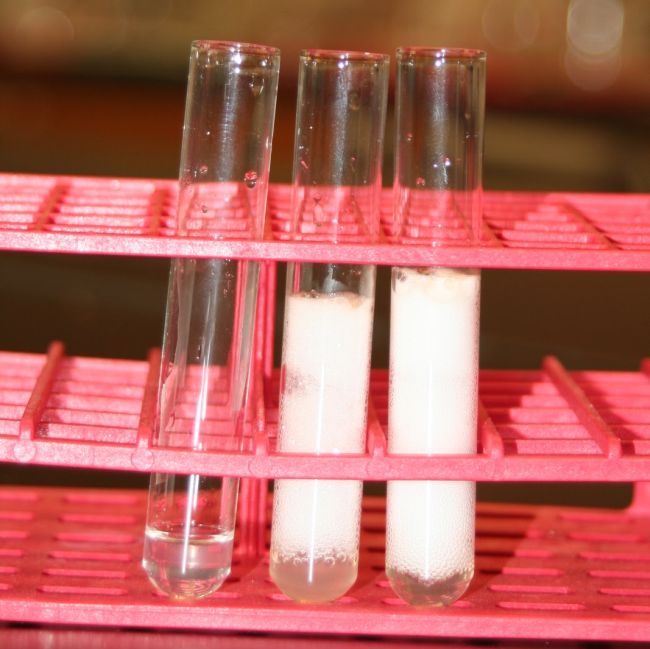
Catalase is found in nearly all living cells, protecting them from oxidative damage. Try this lab to isolate catalase from potatoes using hydrogen peroxide.
Learn more: Potato Catalase/Practical Biology
2. Extract DNA from a strawberry
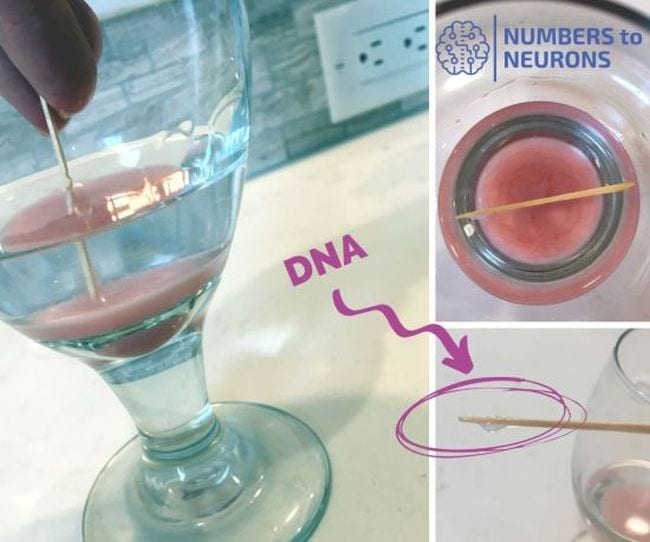
You don’t need a lot of supplies to perform this experiment, but it’s impressive nonetheless. Turn this into a science fair project by trying it with other fruits and vegetables too.
Learn more: Strawberry DNA/Numbers to Neurons
3. Recreate Mendel’s pea plant experiment
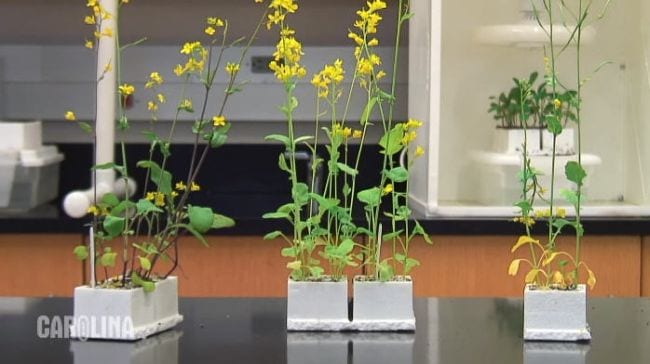
Gregor Mendel’s pea plant experiments were some of the first to explore inherited traits and genetics. Recreate his cross-pollination experiments with a variety of pea plants you’ve grown yourself.
Learn more: Mendel’s Pea Plants/Love to Know
4. Make plants move with light
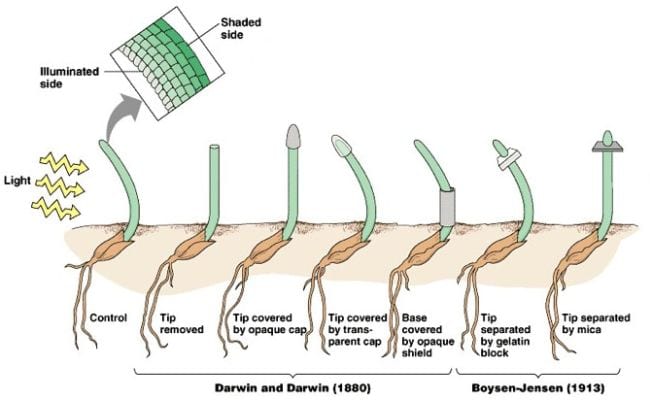
By this age, kids know that many plants move toward sunlight, a process known as phototropism. So science experiments for high school students on this topic need to introduce variables into the process, like covering seedling parts with different materials to see the effects.
Learn more: Phototropism/Science Buddies
5. Test the five-second rule
We’d all like to know the answer to this one: is it really safe to eat food you’ve dropped on the floor? Design and conduct an experiment to find out (although we think we might already know the answer).
6. Taste foods to find your threshold for sour, sweet, and bitter
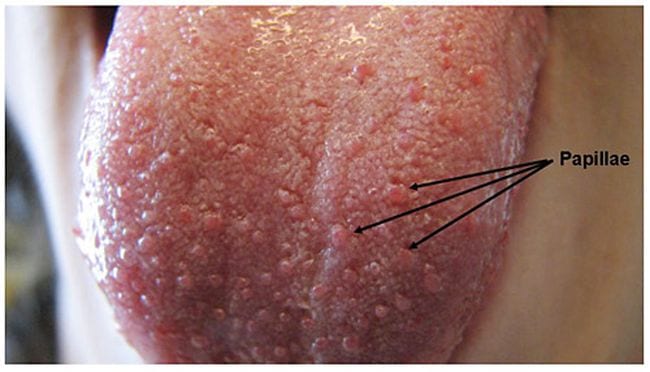
The sense of taste is fascinating—what some people think is delicious, others just can’t stand. Try this experiment to test subjects’ taste perceptions and thresholds using a series of diluted solutions.
Learn more: Taste Threshold/Science Buddies
7. Complete a field survey
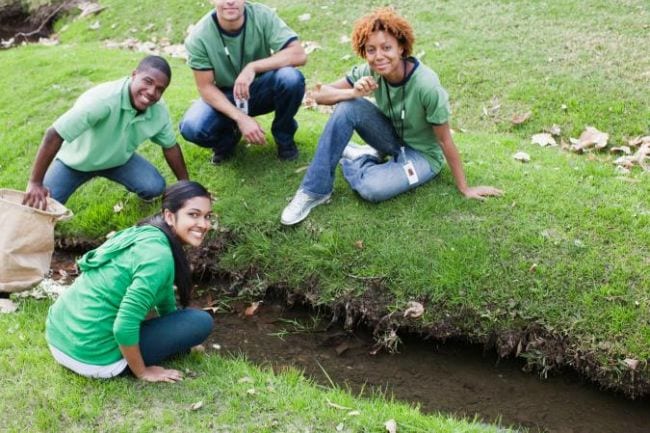
Teaching students to conduct field surveys opens up the possibility of lots of different science experiments for high school. Show them how to observe an area over time, record their findings, and analyze the results.
Learn more: Field Survey/Love to Know
8. See the effects of antibiotics on bacteria
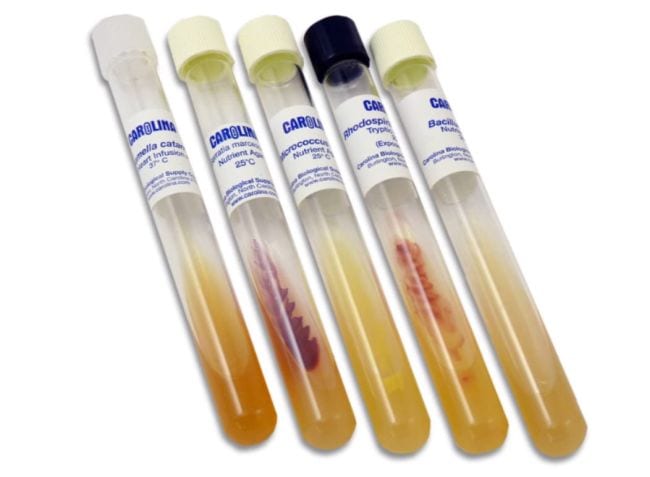
Bacteria can be divided into two groups: gram-positive and gram-negative. In this experiment, students first determine the two groups, then try the effects of various antibiotics on them. You can get a gram stain kit, bacillus cereus and rodospirillum rubrum cultures, and antibiotic discs from Home Science Tools.
Learn more: Antibiotics Project/Home Science Tools
9. See the carbon cycle in action
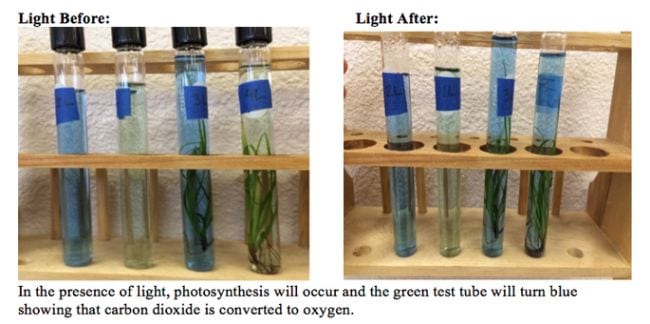
We know that plants take in carbon dioxide and give off oxygen, right? Well, this experiment helps you prove that and see the effect light has on the process.
Learn more: Carbon Cycle/Science Lessons That Rock
10. Look for cell mitosis in an onion
Cell mitosis (division) is actually easy to see in action when you look at onion root tips under a microscope. Students will be amazed to see science theory become science reality, right before their eyes.
11. Test the effects of disinfectants
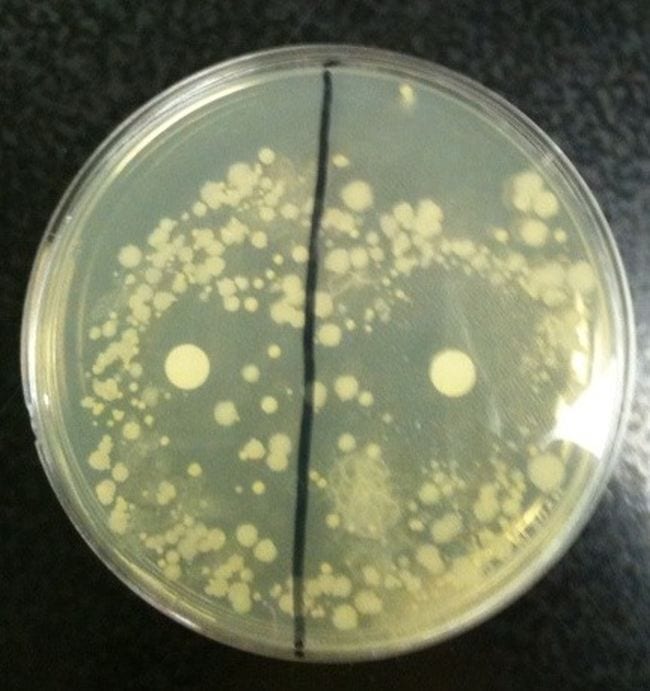
Grow bacteria in a petri dish along with paper disks soaked in various antiseptics and disinfectants. You’ll be able to see which ones effectively inhibit bacteria growth.
Learn more: Antiseptics and Disinfectants/Amy Brown Science
Chemistry Experiments for High School
Perhaps no class is better suited to science experiments for high school kids than chemistry! Bunsen burners, beakers and test tubes, and the possibility of (controlled) explosions? Students will love it!
12. Watch a beating heart made of gallium
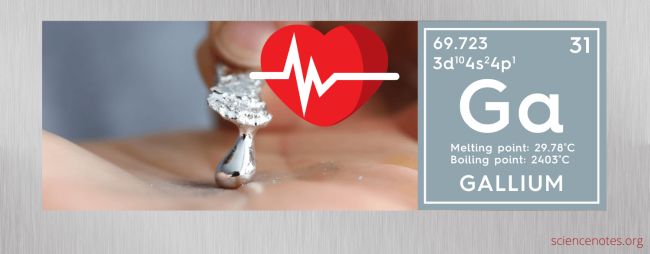
This is one of those science demos that’s so cool to see in action. An electrochemical reaction causes a blob of liquid metal to oscillate like a beating heart!
Learn more: Gallium Demo/Science Notes
13. Break apart covalent bonds
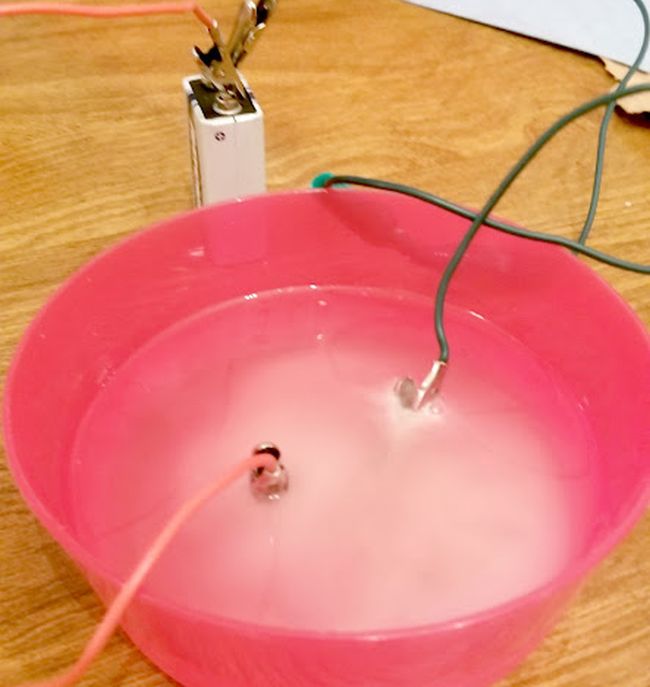
Break the covalent bond of H2O into H and O with this simple experiment. You only need simple supplies for this one.
Learn more: Covalent Bonds/Teaching Without Chairs
14. Measure the calories in various foods
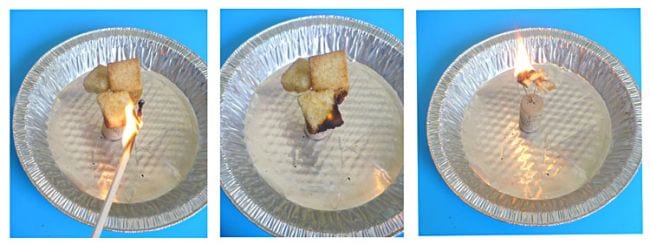
How do scientists determine the number of calories in your favorite foods? Build your own calorimeter and find out! This kit from Home Science Tools has all the supplies you’ll need.
Learn more: DIY Calorimeter/Science Buddies
15. Detect latent fingerprints
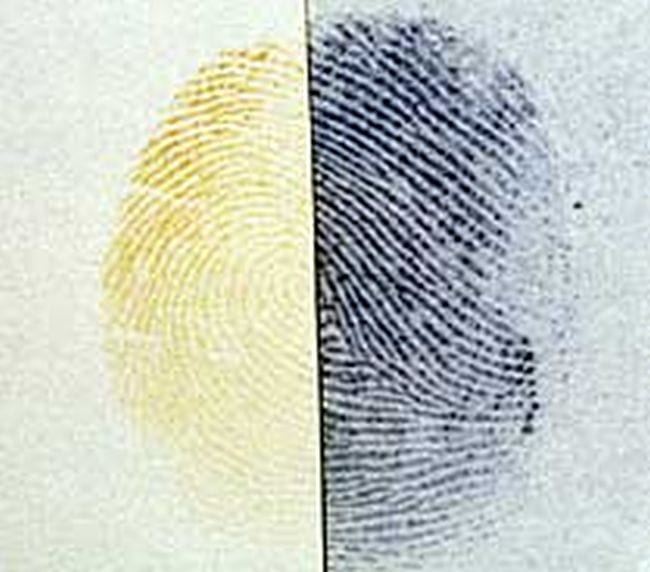
Forensic science is engrossing and can lead to important career opportunities too. Explore the chemistry needed to detect latent (invisible) fingerprints, just like they do for crime scenes!
Learn more: Fingerprints/Hubpages
16. Use Alka-Seltzer to explore reaction rate
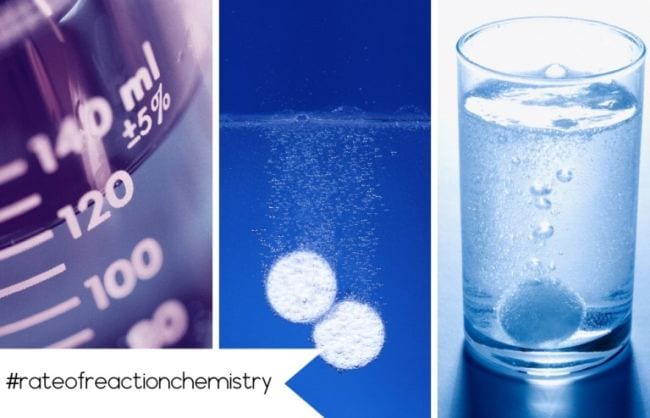
Tweak this basic concept to create a variety of science experiments for high school students. Change the temperature, surface area, pressure, and more to see how reaction rates change.
Learn more: Reaction Rate/Numbers to Neurons
17. Determine whether sports drinks provide more electrolytes than OJ
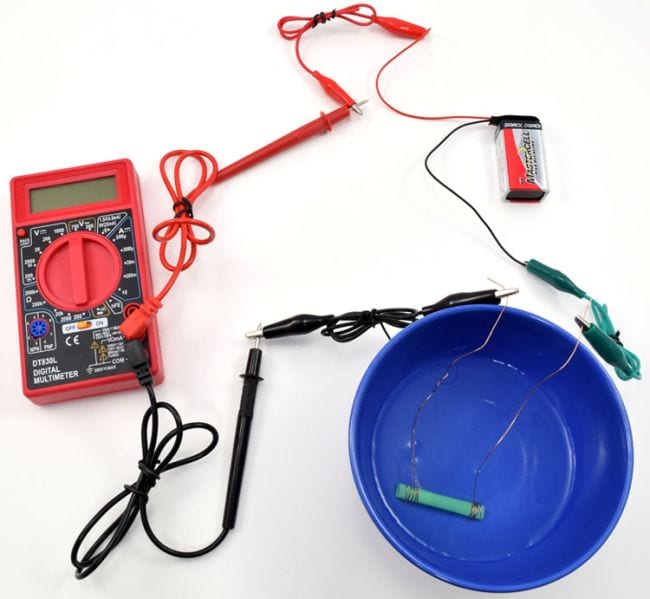
Are those pricey sports drinks really worth it? Try this experiment to find out. You’ll need some special equipment for this one; buy a complete kit at Home Science Tools.
Learn more: Electrolytes Experiment/Science Buddies
18. Extract bismuth from Pepto-Bismol
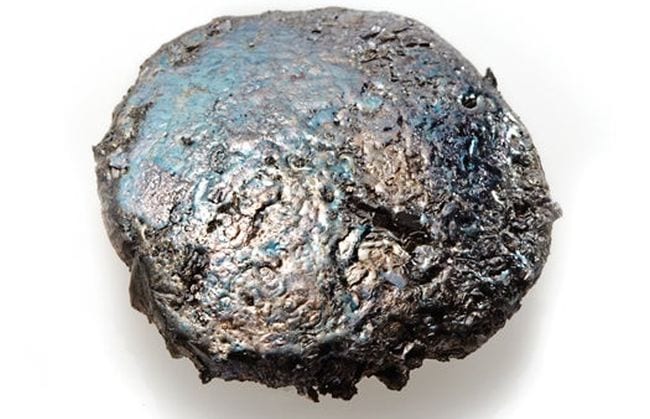
Bismuth is a really cool metal with a rainbow sheen. It’s also an ingredient in Pepto-Bismol, and by carefully following the procedures at the link, you can isolate a chunk of this amazing heavy metal.
Learn more: Popular Science
19. Turn flames into a rainbow
You’ll need to get your hands on a few different chemicals for this experiment, but the wow factor will make it worth the effort! (Click through to the YouTube link for an explanation of how this one works.)
20. Test and sort elements
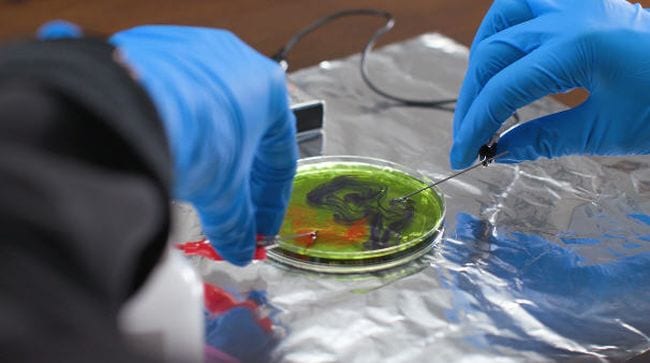
Elements in the periodic table are grouped by metals, nonmetals, and metalloids. But how do chemists determine where each element belongs? This ready-to-go science kit contains the materials you need to experiment and find out.
Learn more: Metals, Nonmetals, and Metalloids/Ward’s Science
21. Discover the size of a mole
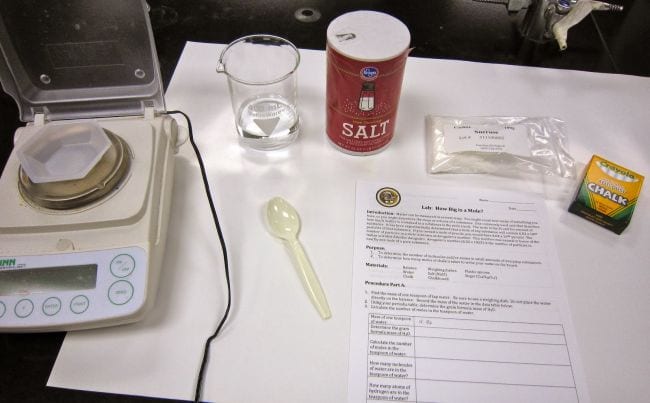
The mole is a key concept in chemistry, so it’s important to ensure students really understand it. This experiment uses simple materials like salt and chalk to make an abstract concept more concrete.
Learn more: How Big is a Mole?/Amy Brown Science
22. Cook up candy to learn mole and molecule calculations
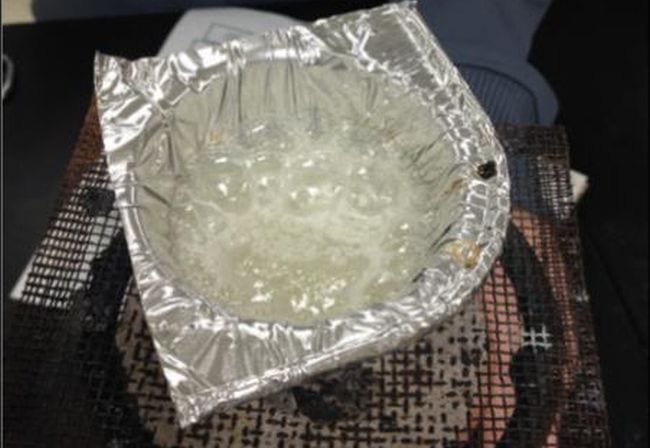
This edible experiment lets students make their own peppermint hard candy while they calculate mass, moles, molecules, and formula weights. Sweet!
Learn more: Candy Chemistry/Dunigan Science TpT
23. Make soap to understand saponification

Take a closer look at an everyday item: soap! Students use oils and other ingredients to make their own soap, learning about esters and saponification.
Learn more: Saponification/Chemistry Solutions TpT
Physics Experiments for High School
When you think of physics science experiments for high school, the first thing that comes to mind is probably the classic build-a-bridge. But there are plenty of other ways for teens to get hands-on with physics concepts. Here are some to try.
24. Remove the air in a DIY vacuum chamber
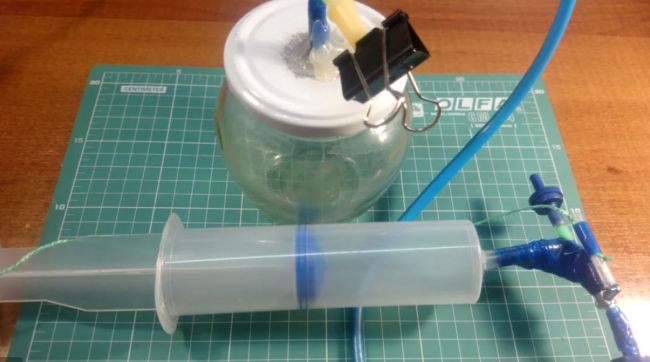
You can use a vacuum chamber to do lots of cool experiments, but a ready-made one can be expensive. Try this project to make your own with basic supplies.
Learn more: Vacuum Chamber/Instructables
25. Put together a mini Tesla coil
Looking for a simple but showy high school science fair project? Build your own mini Tesla coil and wow the crowd!
26. Boil water in a paper cup
Logic tells us we shouldn’t set a paper cup over a heat source, right? Yet it’s actually possible to boil water in a paper cup, without burning the cup up! Learn about heat transfer and thermal conductivity with this experiment. Go deeper by trying other liquids like honey to see what happens.
27. Blast music with the help of magnets
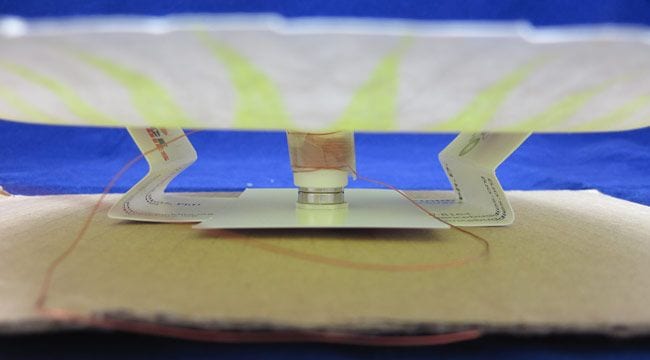
We spend a lot of time telling teens to turn down their music, so they’ll appreciate the chance to turn it up for once! Using strong magnets and an amplifier (both available on Amazon), plus a few other supplies, they’ll build a speaker and measure how the magnets affect the volume.
Learn more: Paper Speaker/Science Buddies
28. Construct a light bulb
Emulate Edison and build your own simple light bulb! You can turn this into a science fair project by experimenting with different types of materials for filaments.
29. Measure the speed of light—with your microwave
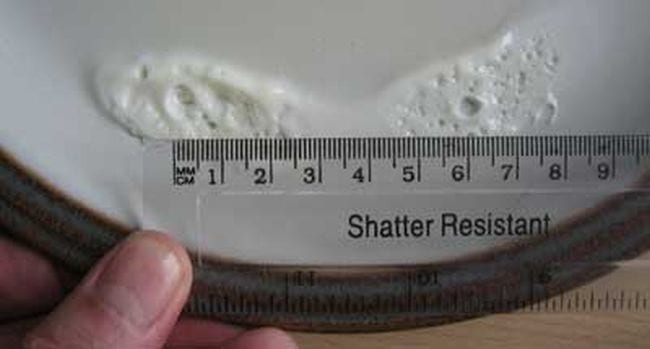
Grab an egg and head to your microwave for this surprisingly simple experiment! By measuring the distance between cooked portions of egg whites, you’ll be able to calculate the wavelength of the microwaves in your oven, and in turn, the speed of light.
Learn more: Microwave Speed of Light/Science Buddies
30. Generate a Lichtenberg figure
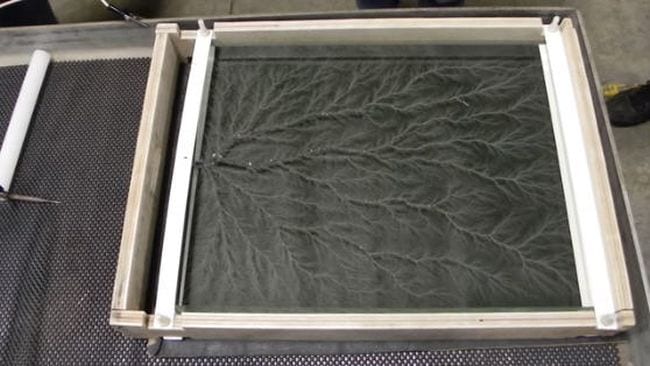
See electricity in action when you generate and capture a Lichtenberg figure with polyethylene sheets, wood, or even acrylic and toner. Change the electrical intensity and materials to see what types of patterns you can create.
Learn more: Lichtenberg Figure/Science Notes
31. Build your own Newton’s Cradle
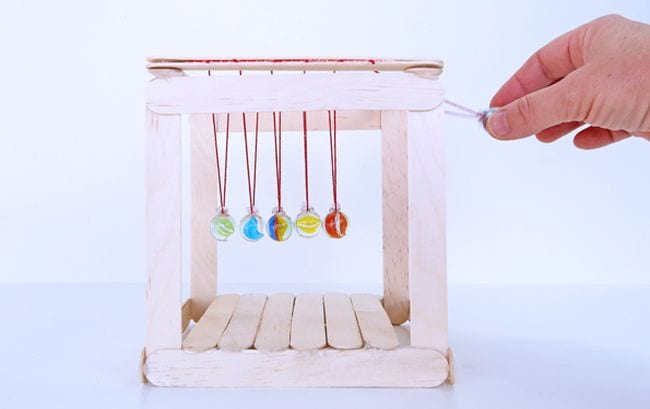
Newton’s Cradle demonstrates the concept of momentum—and it’s really fun to play with! Challenge students to design and build their own, experimenting with different materials or changing up the number of balls to see how it affects momentum.
Learn more: Babble Dabble Do
32. Explore the power of friction with sticky note pads
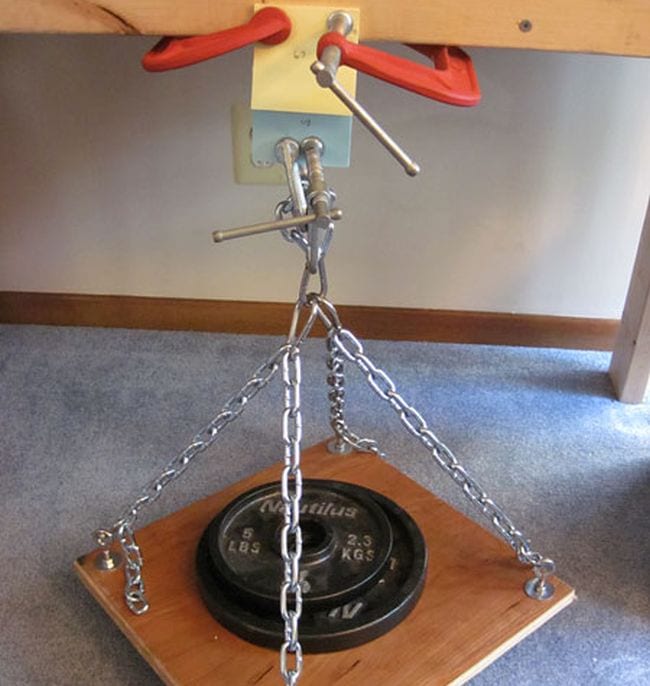
Ever try to pull a piece of paper out of the middle of a big stack? It’s harder than you think it will be! That’s due to the power of friction. In this experiment, students interleave the sheets of two sticky note pads, then measure how much weight it takes to pull them apart. The results are astonishing!
Learn more: Sticky Notes Friction/Science Buddies
33. Bounce balls to explore stored energy and energy transfer
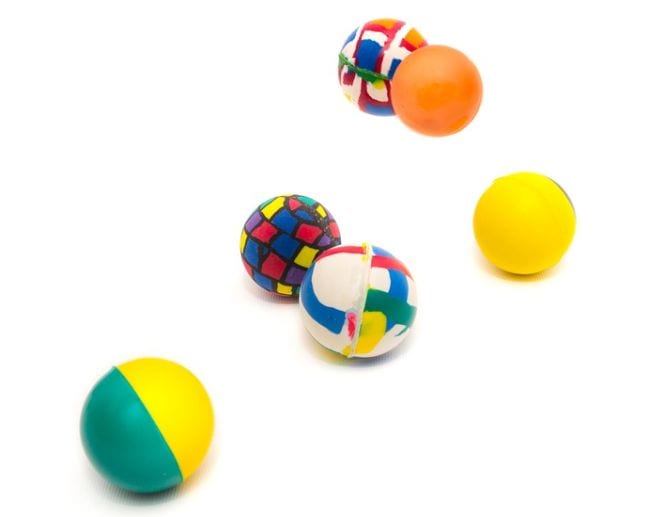
Learn about potential and kinetic energy by bouncing balls and measuring their heights on each rebound. This is one of those classic physics science experiments for high school that students are sure to enjoy!
Learn more: Rebound Experiment/Science Buddies
34. Build a cloud chamber to prove background radiation
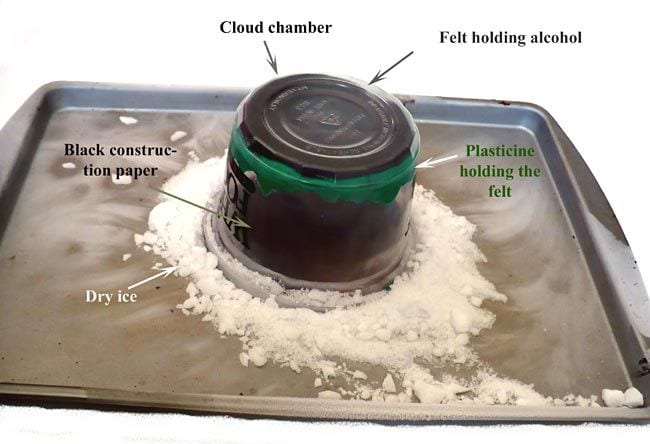
Ready to dip your toe into particle physics? Learn about background radiation and build a cloud chamber to prove the existence of muons.
Learn more: Background Radiation/Science Buddies
Engineering Experiments for High School
Engineering involves the hands-on application of multiple types of science. Teens with an interest in designing and building will especially enjoy these STEM challenge science experiments for high school. They’re all terrific for science fairs, too.
35. Recreate Da Vinci’s flying machine
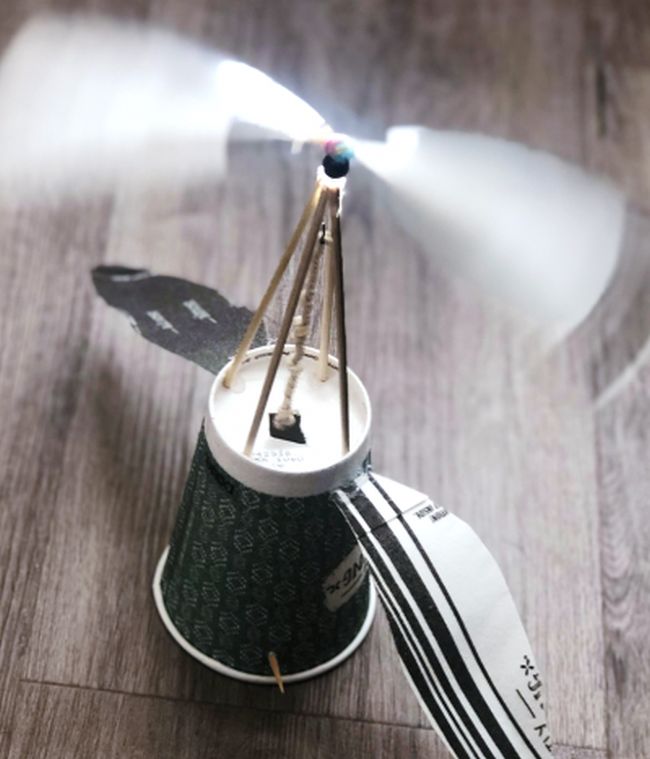
Da Vinci sketched several models of “flying machines” and hoped to soar through the sky. Do some research into his models and try to reconstruct one of your own.
Learn more: Da Vinci Flying Machine/Student Savvy
36. Peer into an infinity mirror
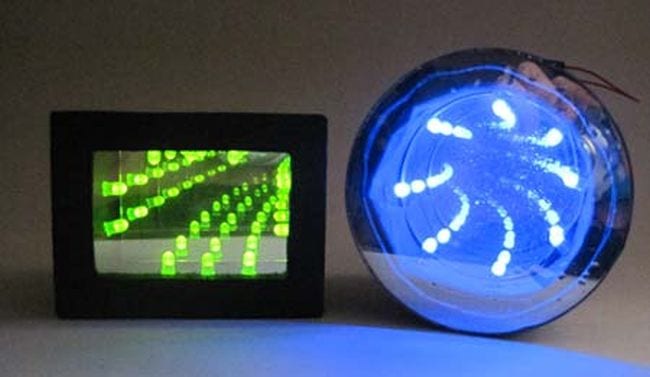
Optical illusions are mesmerizing, but they also help teach kids about a variety of science concepts. Design and build a mirror that seems to reflect lights on and on forever. The supplies are basic, but the impact is major!
Learn more: Infinity Mirror/Science Buddies
37. Design a heart rate monitor
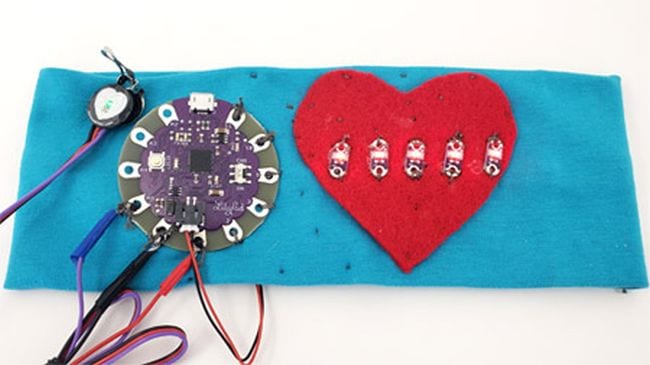
Smartwatches are ubiquitous these days, so pretty much anyone can wear a heart rate monitor on their wrist. But can you build your own? It takes some specialized supplies, but they’re not hard to track down. Buy items like an Audino Lilypad Board on Amazon.
Learn more: Heart Rate Monitor/Science Buddies
38. Race 3-D printed cars
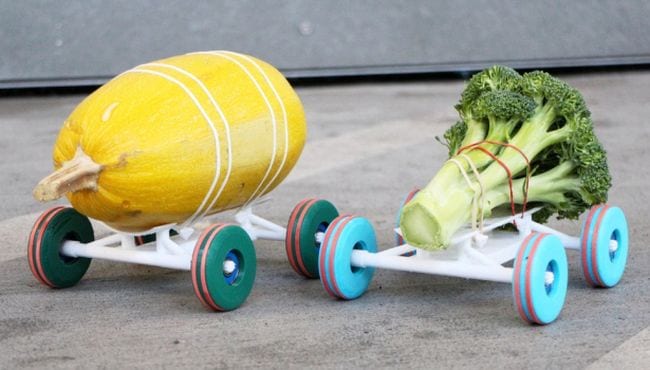
3D printers are a marvel of the modern era, and budding engineers should definitely learn to use them. Use Tinkercad or a similar program to design and print race cars that can support a defined weight, then see which can roll the fastest! (No 3D printer in your STEM lab? Check the local library; many of them have 3D printers available for patrons to use.)
Learn more: 3D Printed Cars/Instructables
39. Launch a model rocket
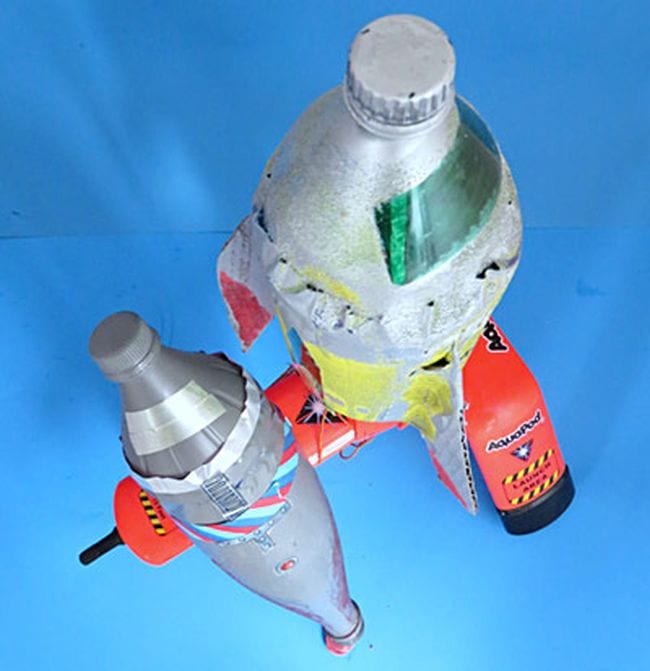
Bottle rockets are another one of those classic science experiments for high school classes, and for good reason! The engineering involved in designing and launching a rocket capable of carrying a specified payload involves the practical application of all sorts of concepts. Plus, it’s fun!
Learn more: Bottle Rockets/Science Buddies
40. Grow veggies in a hydroponic garden
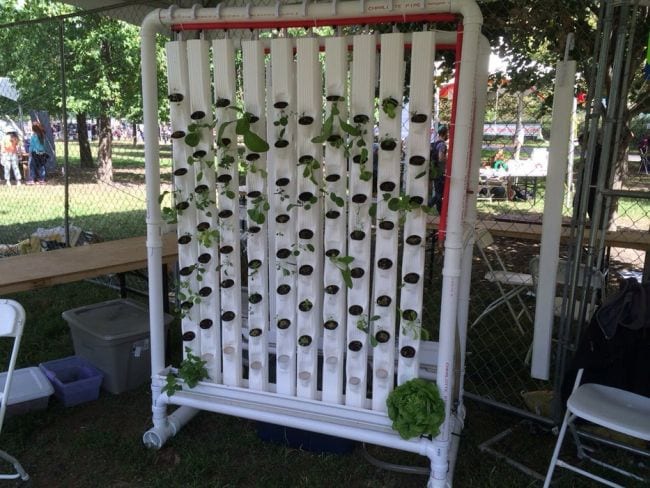
Hydroponics is the gardening wave of the future, making it easy to grow plants anywhere with minimal soil required. For a science fair engineering challenge, design and construct your own hydroponic garden capable of growing vegetables to feed a family. This model is just one possible option!
Learn more: Hydroponics/Instructables
41. Grab items with a mechanical claw
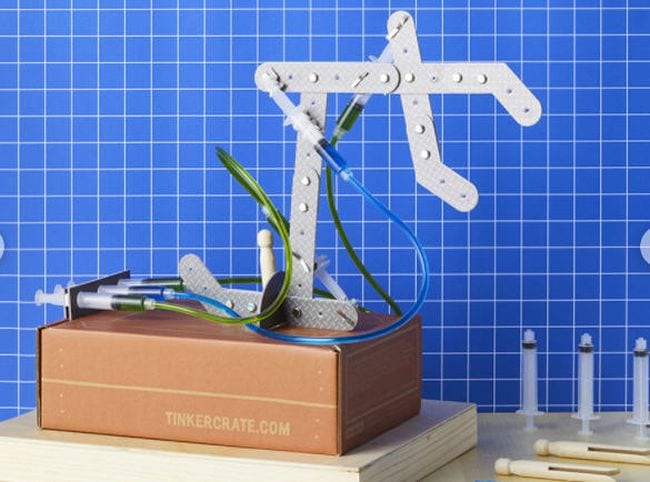
Delve into robotics with this engineering project! This kit includes all the materials you need, with complete video instructions.
Learn more: Hydraulic Claw/KiwiCo
42. Play volleyball with machines
Challenge your students to design and build machines that will volley a ping pong ball back and forth, using only basic materials. They can even compare their results to those from students around the world!
Learn more: Volleyball Challenge/Science Buddies
43. Construct a crystal radio
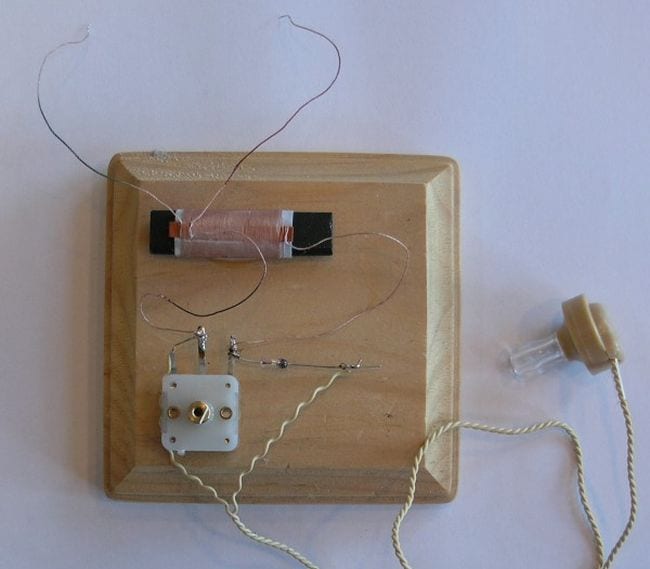
Return to the early days and build a radio from scratch! This makes a cool science fair project if you experiment with different types of materials for the antenna. It takes some specialized equipment, but fortunately, Home Science Tools has an all-in-one kit for this project.
Learn more: Crystal Radio/SciToys
44. Build a burglar alarm
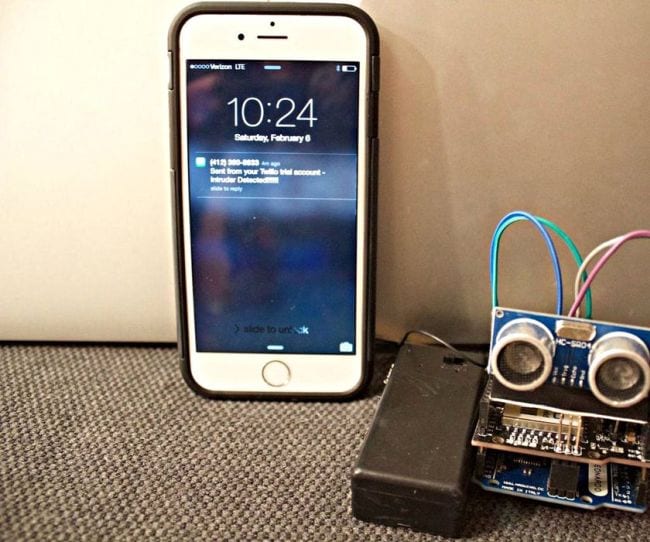
The challenge? Set up a system to alert you when someone has broken into your house or classroom. This can take any form students can dream up, and you can customize this STEM high school science experiment for multiple skill levels. Keep it simple with an alarm that makes a sound that can be heard from a specified distance. Or kick it up a notch and require the alarm system to send a notification to a cell phone, like the project at the link.
Learn more: Intruder Alarm/Instructables
45. Walk across a plastic bottle bridge
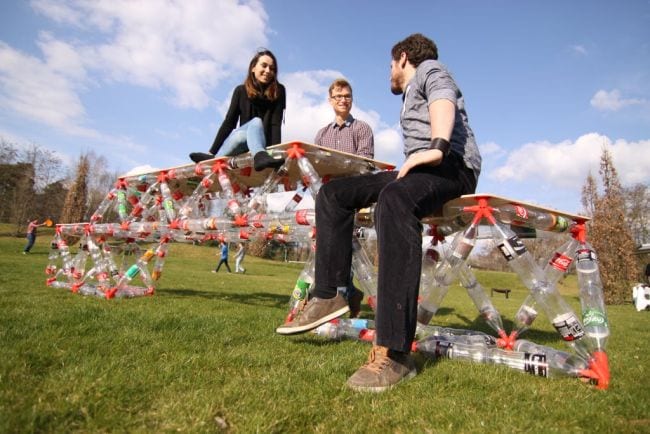
Balsa wood bridges are OK, but this plastic bottle bridge is really impressive! In fact, students can build all sorts of structures using the concept detailed at the link. It’s the ultimate upcycled STEM challenge!
Learn more: TrussFab Structures/Instructables